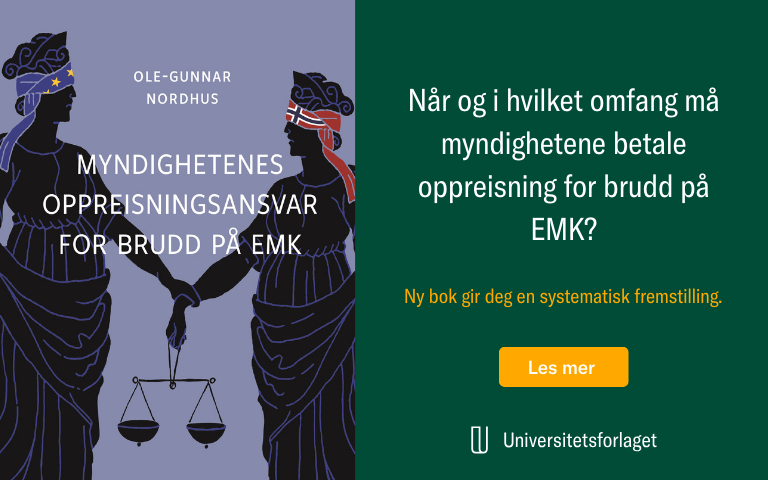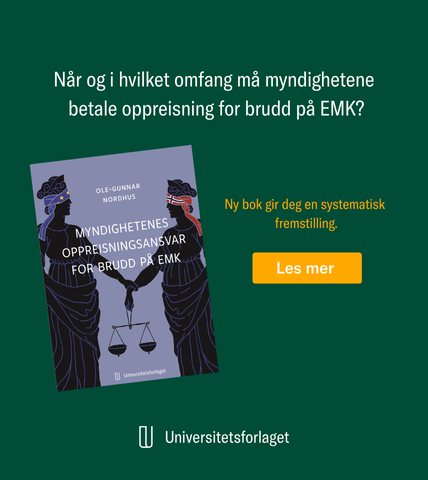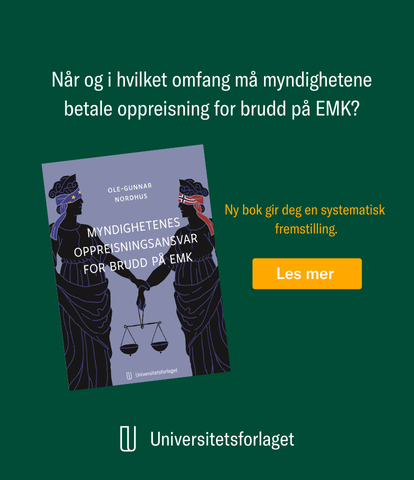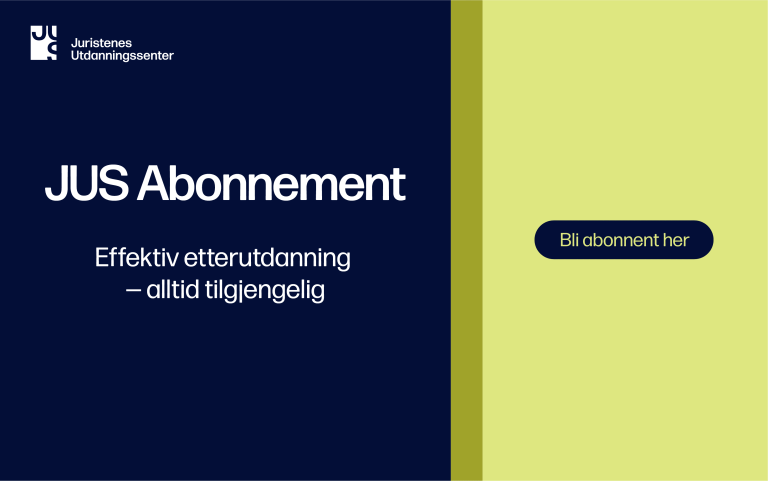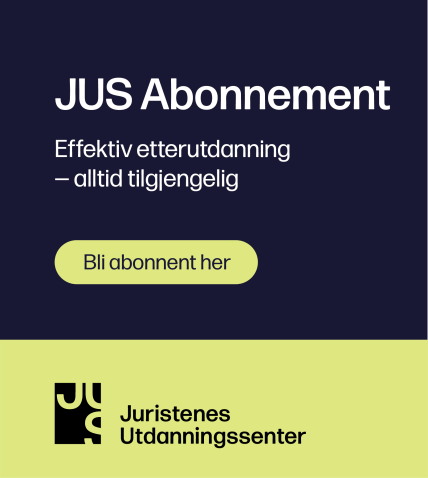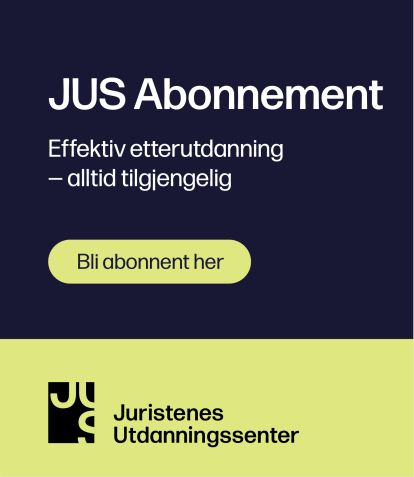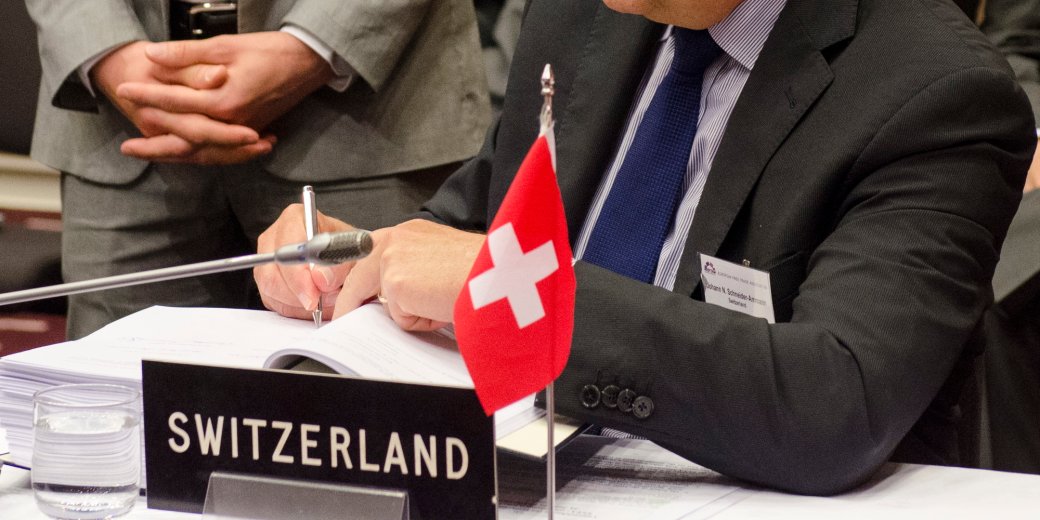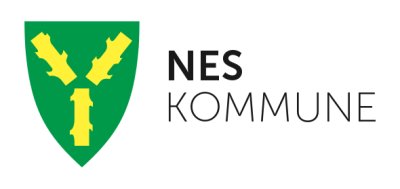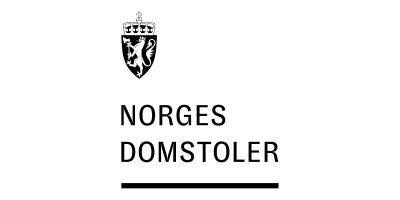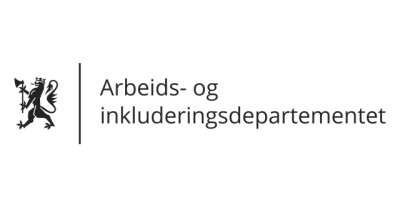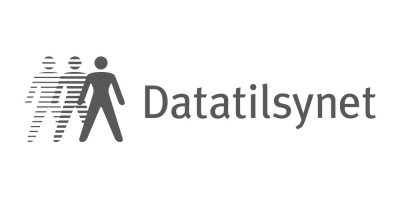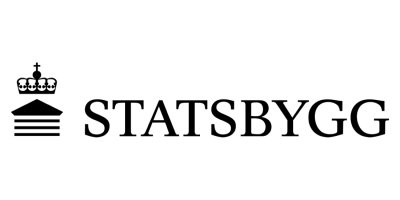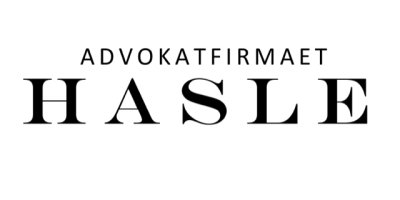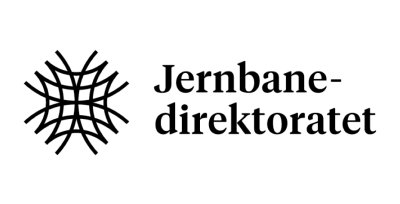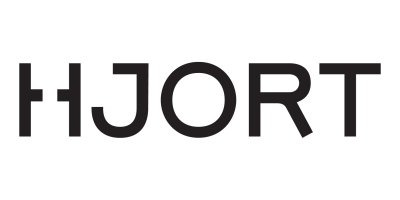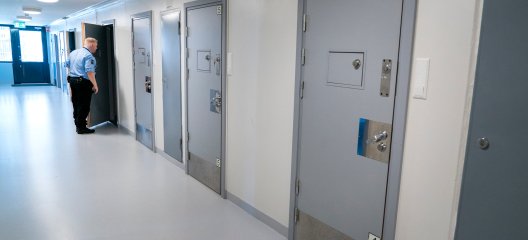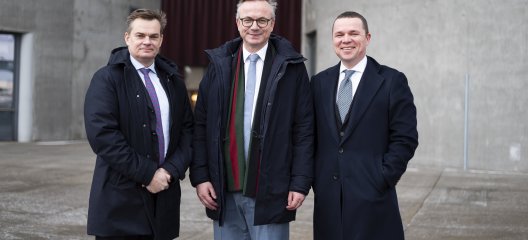On 8 March 2022, for the first time in 30 years, a Swiss constitutional organ displayed a positive attitude towards the EEA, traditionally demonised in William Tell’s country: The National Council, the lower House of Parliament, adopted by 112 votes to 69 with 6 abstentions a postulate by Roland Fischer, a Lucerne Green Liberal, calling on the Federal Council to examine and report on the advantages and disadvantages of Switzerland joining the EEA.
On 6 December 1992, a narrow popular majority and a clear majority of the cantons rejected Switzerland’s accession to the EEA agreement in the EFTA pillar. After this, the Federal Council, which blunderingly had already applied for EU membership before the referendum, openly headed for EU accession despite the cautious mood in the country. In 1999 and 2004, Switzerland succeeded in concluding two packages of institution-free bilateral agreements with the EU, administered by joint committees. The country has thus become a partial member of the EU single market. In 2005, Swiss parliamentary circles launched the idea of a framework agreement that would act as an umbrella over the bilateral agreements. Such a treaty should end the discussions on EU accession. In 2010, the EU proposed a second EEA attempt or a «docking» with the ESA and the EFTA Court. The latter would have meant retaining the sectoral approach.
To the surprise of all experts and the EU itself, the Federal Council opted in 2013 for the EU Commission as supervisor and the ECJ as court. Even if this was not admitted, the aim was to set a «point of no return» («PNR») on the path to EU membership. In 2017, it became, however, clear that the Commission/ECJ model would not stand a chance domestically. In March 2018 the negotiation mandate was changed in favour of a model of monitoring and dispute resolution taken from the EU’s Association Agreement with Ukraine and other post-Soviet republics. In the event of a conflict, both sides were to be able to unilaterally appeal to a pro forma «arbitration panel». If EU law or treaty law derived from it had been in question, however, the ECJ would have had to be asked for a binding ruling. The Federal Supreme Court would have been cut out. The EU tried to make this mechanism palatable to the Brexit-UK as well. The British accepted it in the Withdrawal Agreement, but not in the much more important Trade and Cooperation Agreement («TCA»).
In principle, Switzerland has two options for shaping its future relationship with the EU: It remains partially in the single market or it limits itself to a mere free trade agreement with the EU. In the first case, dynamic adoption of the law is indispensable and access to EU research programmes is guaranteed. In terms of monitoring and judicial control, there are then three sub-options:
(1) «Ukraine»-mechanism with a non-neutral Commission and non-neutral ECJ without Swiss presence, while eliminating the Federal Supreme Court.
(2) EEA accession, i.e. dynamic adoption of the entire internal market law and subordination to the neutral ESA and the neutral EFTA Court with a Swiss presence and an important role for the Federal Supreme Court. This would also ensure access to EU research programmes.
(3) Docking with the neutral ESA and the neutral EFTA Court with Swiss presence.
If Switzerland leaves the Single Market, regulatory competition and a genuine arbitration tribunal based on the EU - UK TCA model should be possible. Admittedly, Switzerland’s geographical location is different from that of the UK. In addition, there would be the «Brussels effect» (pressure to de facto adoption of EU standards), the fact that the EU would only be prepared to conclude a pure trade agreement if there was a level playing field, and disadvantages for the export industry and research.
The goals of the Federal Council’s «Plan B» after the end of InstA are to remain in the internal market, to increase the bargaining chip («Bilaterals III») in order to load the cart higher, and to settle the institutional questions in the individual agreements («vertical approach»). This means that the Ukraine model may be accepted on a case-by-case basis. I consider the «Plan B» to be ill-conceived and unpromising. Whether the EU will agree to the vertical approach is open.
Since 1992, the Federal Council has always opposed Switzerland’s accession to the EEA. On 14 November 2018, in response to a parliamentary question, it stated that the institutional solutions envisaged in the draft InstA were more advantageous for Switzerland than those of the EEA Agreement. This conclusion is obviously not tenable. In view of the government’s position, it must be emphasised that the forthcoming report cannot be limited to presenting the EEA Agreement as «law on the books» and repeating old prejudices and ivory tower wisdom. The EEA «law in action» must be presented and analysed. This includes, in particular, the EEA/EFTA States’ co-determination right in legislation, the decision-making practice of ESA and the case law of the EFTA Court, as well as its relationship with national governments, national courts and the ECJ. The fact that the EFTA Court's case load has plummeted and that the ECJ has virtually ceased dialogue with the EFTA Court also needs to be illuminated.
.png)

